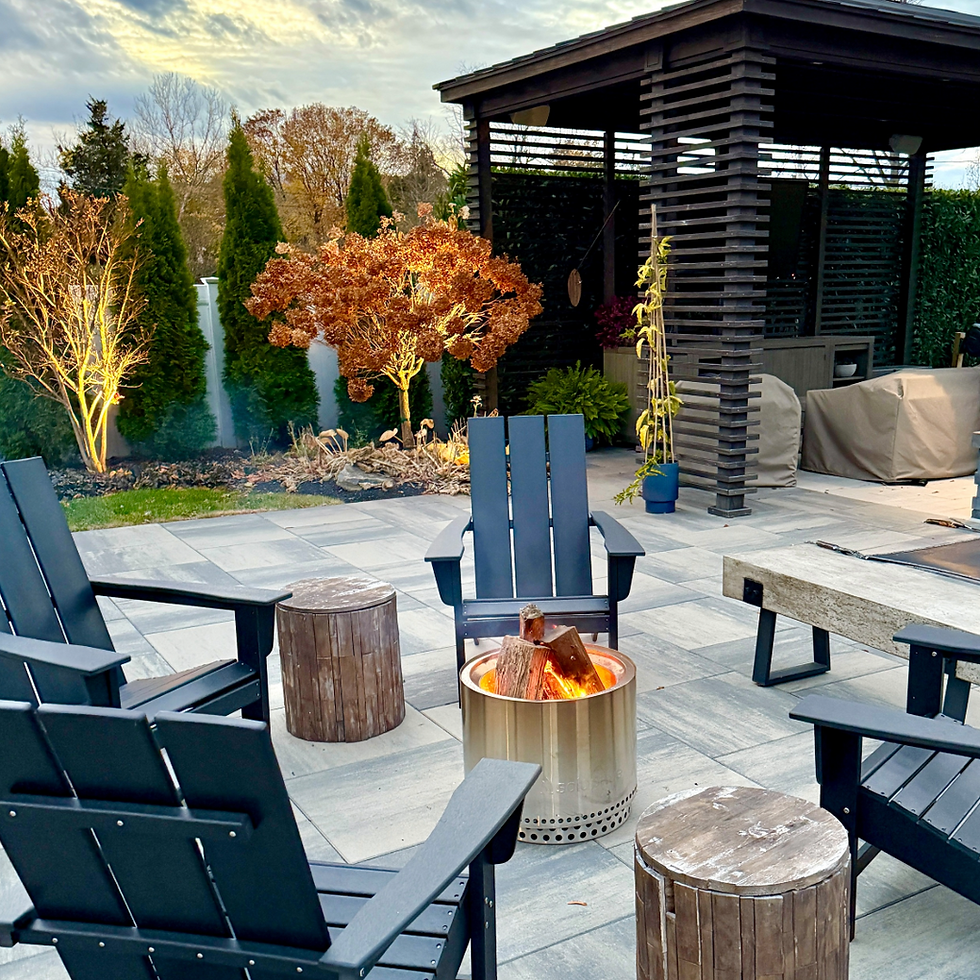Native Plants that Attract Pollinators
- Rebekah
- Sep 26, 2018
- 2 min read
Updated: Jan 9
Hey, y'all! Who else loves Fall? We know there are so many of you that do. Because Fall is here now & because Fall is planting season, we wanted to talk about planting native plants today on our blog. Specifically, examples of native plants that attract pollinators. As many of you may know, pollinators have been declining in population for the last several years. Bees- honey bees in particular- are what are usually talked about as decreasing in number, but actually many other pollinators including butterflies have been decreasing in recent years as well. Therefore, this Fall, please consider adding pollinating plants to your garden.

(Above photo of our Butterfly Garden at the Williamson County Fair this past month where we showcased plants that attract butterflies & had over 100 butterflies apart of the interactive exhibit!)
Planting a pollinator garden full of native plants is the best way to help increase the number of pollinators. If you have existing gardening beds & are just looking to add a few plants here & there, incorporating a few of these listed below will add to the "pollinator friendliness" of your yard!

Using locally grown, native plants is the best gardening you can choose to benefit the native pollinators of our area. Think of native plants like Grandma's cooking (but Grandma's cooking for pollinators)- they're down-home, familiar, passed-down favorites! Therefore, planting the right plants makes a huge difference for pollinators.

Excellent native pollinator plants to add to your landscape:
Eastern Redbud tree
Native Oaks (TN Black Oak, White Oak, Pin Oak)
Southern Magnolia
Black Gum tree
Tulip Poplar tree
Common Chokecherry
Serviceberry
Rabbiteye Blueberries
Coneflower
Milkweed
Black Eyed Susan
Blanket Flower
Honeysuckle
Yarrow
Bee Balm
Avoid modern hybrids, such as Coneflowers that have double blooms. In the case of double blooms, it can be difficult for pollinators to get into the bloom to retrieve nectar or there may not be a plentiful amount of nectar available in the modern hybrid. A good rule of thumb when planting pollinator plants is to look for plants that are simple varieties (such as a single bloom pink Coneflower), like you'd imagine would have been available in your grandparents' era.
If you aren't sure the difference between a single vs. double bloom, here are a couple of examples:

So above, you can see that there is a single bloom Knockout Rose & below it is a single bloom Coneflower (with a bee pollinating it! Love it when it comes together full circle!). To the right of both, we see a Double Knockout Rose & a double blooming Coneflower (variety 'Milkshake'). Does this mean that double flowering blooms are not ideal for your pollinator garden? Not at all- there are some gorgeous varieties out there & we offer many at the Nursery because we love them too! To be sure to attract pollinators, mix in many single bloomers (with the double bloomers if you love them too!) for pollinators to have somewhere to retrieve nectar from in your garden.

Add many of these plants to your garden this Fall for added beauty & pollinators!



